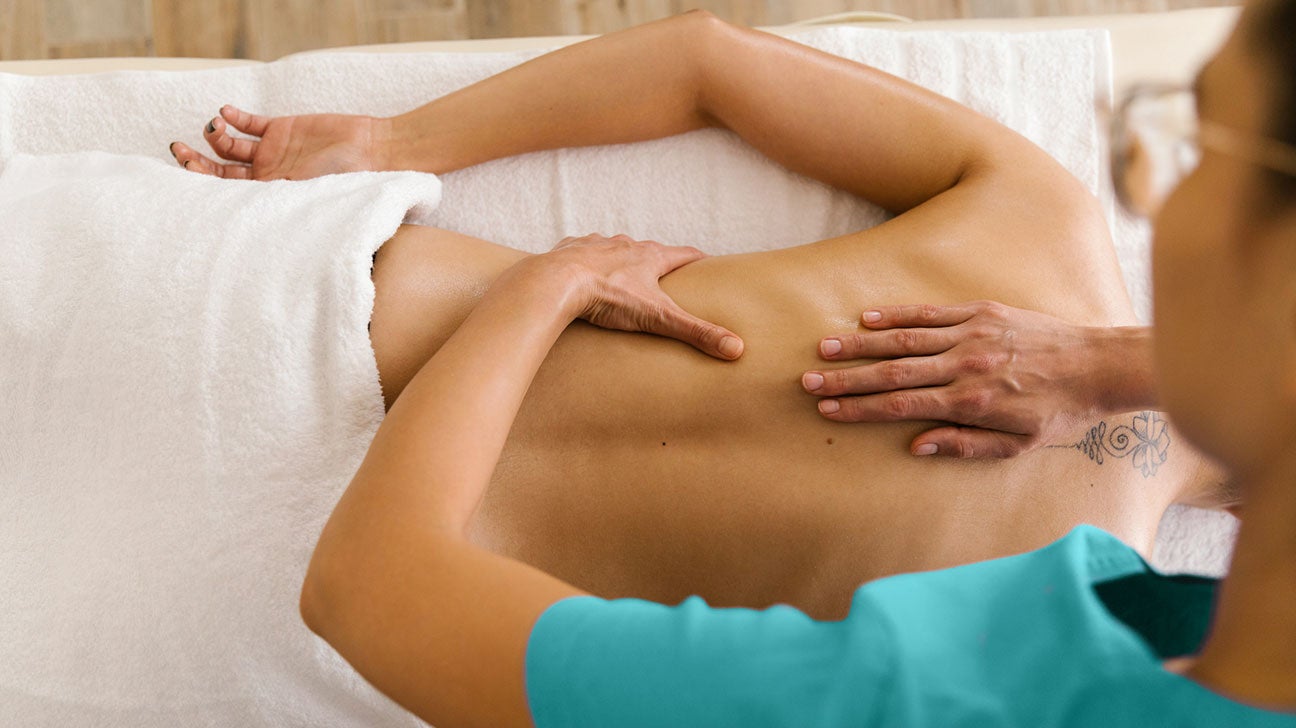
In the world of natural medicine and all natural healing methods, reflexology stands out as a interesting and progressively prominent technique. This ancient method, rooted in the belief that certain points on the hands, ears, and feet match to various body organs and systems of the body, has been gaining traction in the Western globe as a complementary treatment for numerous health and wellness issues.
Understanding the Foundations of Reflexology Reflexology is based upon the concept that there are reflex areas in the feet and hands that are linked to all components of the body. Practitioners think that applying stress to these certain points can advertise wellness in the equivalent organs through energy pathways. While the exact mechanisms are not completely comprehended by contemporary scientific research, lots of individuals report significant gain from reflexology sessions.
The theory behind reflexology suggests that the body is divided right into ten upright areas, each matching to fingers and toes. By using pressure to particular factors within these areas, reflexologists intend to release blocked energy and promote recovery.
The Historical Journey of Reflexology The beginnings of reflexology can be mapped back thousands of years. Modern-day reflexology as we understand it today was created in the very early 20th century by Dr. William Fitzgerald and later fine-tuned by Eunice Ingham, frequently referred to as the “mother of reflexology.”
The Reflexology Process: What to Expect A common reflexology session begins with an examination where the practitioner reviews the client’s wellness history and existing issues. The client after that eliminates their footwear and socks and sits easily or lies down. Utilizing their hands, fingers, and sometimes little tools, the reflexologist applies varying levels of pressure to specific points on the ears, hands, or feet.
JKリフレ lasts between 30 to 60 mins, throughout which clients typically report sensation deeply kicked back. Some individuals experience sensations in other parts of their body as various points are stimulated, which reflexologists take power moving via the body.
Possible Benefits of Reflexology While clinical research on reflexology is ongoing, lots of people report a series of take advantage of regular sessions. These may consist of:
Minimized anxiety and anxiety Improved circulation Enhanced sleep quality Relief from migraine headaches and headaches Alleviation of gastrointestinal issues Boosted energy degrees Support for hormone balance It’s crucial to note that reflexology is normally taken into consideration a complementary therapy and should not replace conventional clinical treatments. However, many find it a valuable enhancement to their general wellness regimen.
Reflexology in Modern Healthcare As passion in holistic health practices expands, reflexology is locating its place in different health care settings. Some health centers currently supply reflexology as part of their integrative medication programs, specifically for individuals managing chronic pain, cancer-related signs, or anxiety. Numerous day spas and wellness centers also consist of reflexology in their solution offerings, identifying its possibility for tension relief and leisure.
Research published in the Journal of Traditional and Complementary Medicine suggests that reflexology might work in lowering discomfort and enhancing leisure, making it an encouraging corresponding therapy for numerous problems.
Do It Yourself Reflexology: Self-Care in the house While professional sessions can be beneficial, some standard reflexology techniques can be exercised in your home. Simple foot rolls using a tennis sphere or reflexology tools can help boost factors on the feet. Many individuals discover this a soothing method to take a break at the end of the day or to ease foot pain from meaning extended periods.
The Future of Reflexology As more research is carried out, reflexology might obtain more acknowledgment in the clinical area. Present research studies are exploring its prospective applications hurting management, anxiety decrease, and even as a helpful treatment for people going through cancer cells therapy. The non-invasive nature of reflexology, combined with its potential to advertise leisure and general wellness, makes it an attractive alternative for those seeking all-natural approaches to health and wellness upkeep.
Whether deemed a science-based treatment or an all natural art kind, reflexology offers an unique approach to understanding and sustaining the body’s all-natural healing processes. As we remain to discover the elaborate links between different components of our body, practices like reflexology advise us of the power of touch and the potential for recovery that lies within our own hands and feet.
Comprehending the Foundations of Reflexology Reflexology is based on the concept that there are reflex locations in the feet and hands that are connected to all components of the body. Contemporary reflexology as we understand it today was established in the early 20th century by Dr. William Fitzgerald and later on improved by Eunice Ingham, typically referred to as the “mom of reflexology.”
The Reflexology Process: What to Expect A typical reflexology session begins with an assessment where the professional talks about the customer’s wellness history and present issues. Reflexology in Modern Healthcare As interest in alternative wellness techniques expands, reflexology is discovering its area in various healthcare setups. DIY Reflexology: Self-Care at Home While specialist sessions can be beneficial, some basic reflexology techniques can be practiced at home.
